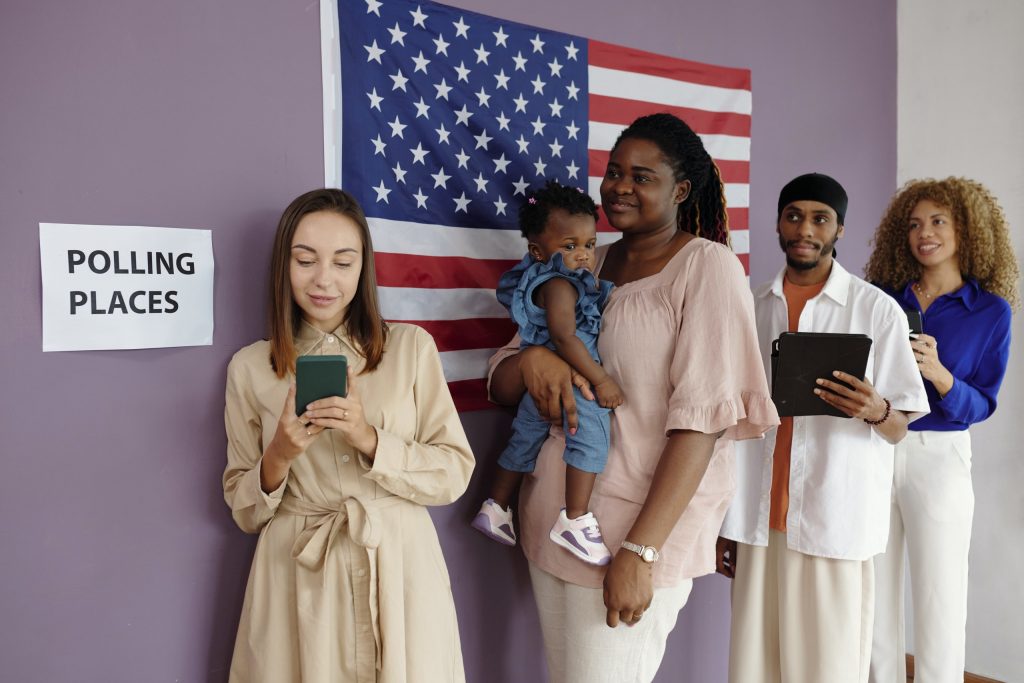Hashtags And Headlines: How Social Media Redefines Political Campaigns

The entrance of social media has changed modern political strategies and offered politicians until unheard-of opportunity to engage with people and spread their opinions. For political engagement, platforms like Twitter, Facebook, and Instagram have become important as they allow politicians to instantly reach big and diverse audiences. Politicians may react to public opinion, solve issues, and quickly unite support by means of this real-time engagement, therefore establishing a direct channel of contact. Social media also magnifies political statements, therefore transcending national boundaries and bringing local problems to a worldwide scene. The democratization of knowledge makes fresh and novel debate methods possible where politicians and voters both may help to shape political narratives. Political players may inspire support, include younger groups, and create a participatory democracy reflecting the opinions of the people by using these platforms. In the end, the way social media has changed political approaches points to a tendency toward more inclusive and active political environment.
Direct Voter Engagement: Closing the Gap
Politicians currently interact with their constituents on social media so they may reach straight without passing via conventional media outlets. Politicians may therefore promote a more close and easily accessible engagement via fast dissemination of their ideas, updates, and points of view to their audience. Politicians may respond to public questions or concerns immediately, provide real-time data, and even join Facebook and Twitter chats. People believe they can connect with their leaders as if they were talking with a friend, hence this direct line of contact promotes community and involvement.
Using social media has one of the main benefits in terms of instant access. Politicians can react fast to public questions or newly arising problems to make sure their constituency is informed and heard. When a divisive issue surfaces, for example, a politician may quickly declare their position or view, therefore forming the story before others take front stage. Personalized message is also quite important; politicians may customize their writings to appeal to particular groups of people, therefore rendering their communication more relevant and interesting. This dynamic method not only increases voter involvement but also enables people to participate in political debate unlike in past times.

The Role of Data Analytics in Targeted Messaging
Social media channels now provide a gold mine for knowledge on voter attitudes and behavior. Political campaigns can find who their audience is by means of user data analysis—that is, with regard to age, geography, hobbies, even political inclination. This realization helps politicians to create especially for particular groups their messaging, therefore enhancing the relevance and appeal of their campaigns. For example, a politician may concurrently advocate healthcare concerns for elderly people on Facebook while posting educational pieces on LinkedIn about career progression aimed for young professionals. This targeted approach helps to boost the chance of relating with their problems and motives by making sure that the relevant communications reach the relevant people.
Modern political strategy rests mostly on data-driven campaigning. Built-in analytics features of social media allow campaigns to track instantaneous reactions to different messages by different groups. Depending on what is working and what is not, they may so quickly change their strategies. With this knowledge, candidates might create tailored materials that directly meet the requirements and preferences of certain groups. If a politician notes, say, a rise in college students’ involvement on problems like student debt, they may amplify that message to create even more support. This data-driven emphasis not only raises voter involvement but also helps political campaigns be more generally successful.
Mobilizing Grassroots Movements and Fundraising
Social media is transforming grassroots movements, increasing awareness, and crowdsourcing for many causes. Sites like Twitter, Facebook, and Instagram let people and groups gather, tell their stories, and mobilize support for causes close to their hearts. For the #BlackLivesMatter campaign, for example, Twitter was utilized to unify people all across in the fight against racial injustice by elevating voices. This hashtag not only started discussions but also inspired thousands of people to take part in demonstrations and support legislative reforms, therefore highlighting the great force of group action available online.
The viral movement headed by Greta Thunberg on the 2019 Climate Strike is another outstanding illustration. Spreading the message and motivating students and activists to join worldwide climate demonstrations depended critically on social media. Millions of people gathered via Facebook events and Instagram postings to demand action on climate change, proving how local issues may become global movements via internet platforms. Thanks to GoFundMe and other crowdsourcing programs, common people might also donate money for their causes—medical costs, community projects, disaster assistance, or otherwise funding. Apart from helping us to gain assistance, social media reminds us that we are all in this together and promotes a feeling of community.
Navigating Challenges: Fake News and Ethical Concerns
Social media has clearly changed political campaigns; nonetheless, one cannot ignore a darker side of this tool. Usually far from the truth, misleading information flows like wildfire on some websites. Especially on important events like elections, this might lead to uncertainty and worry. Users often also find themselves in echo chambers, in which case their only perspective is of items supporting their beliefs. Healthy democratic discourse depends on people evaluating many points of view, so this isolation might make it harder for them. Ethical conundrums also develop when campaigns could use deceptive strategies to influence voters, therefore casting doubt on integrity and honesty.
Several techniques can assist to overcome these obstacles and preserve openness and confidence in political campaigns. Candidates and political groups should first give fact-checking and shared verifiable information first priority. Encouragement of media literacy among voters is absolutely vital; it will help them to challenge what they come across online and pursue many points of view. Public confidence can also be developed by openness on campaign finance and advertising techniques. Candidates that are transparent about their interactions with voters can help to create a feeling of responsibility that is absolutely essential in the digital era of today. In the end, adopting moral standards in social media campaigning guarantees a better educated voters and reinforces the basis of democracy.

Conclusion
Social media has fundamentally changed political campaigning by giving candidates a dynamic platform for involvement and mobilization, allowing them to personally and informally interact with voters, as seen by campaigns like those of Muhammadu Buhari in Nigeria and Barack Obama in the United States. This internet environment especially for younger people who might not be as involved promotes political debate and fast information flow. However, it also generates problems including the dissemination of false information and the possible public opinion manipulation through echo chambers, therefore compromising democratic processes. Both politicians and voters should understand the great impact of social media and support its appropriate and informed usage as we negotiate this changing political terrain so that it functions as a tool for actual involvement rather than a venue for divisive dispute.